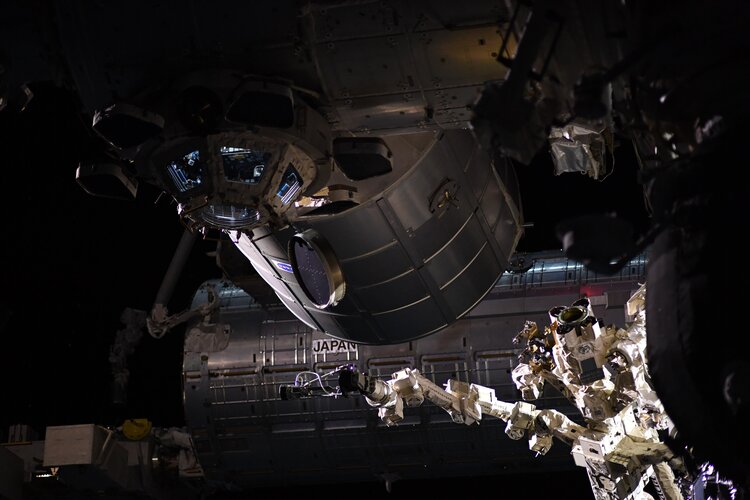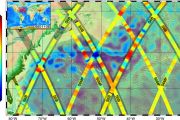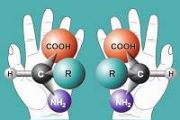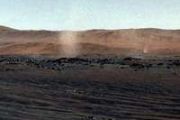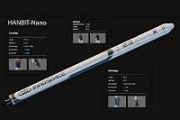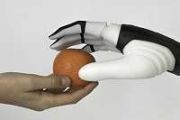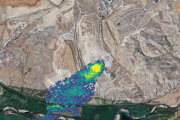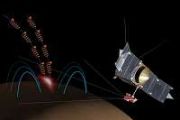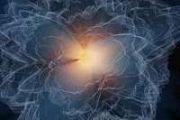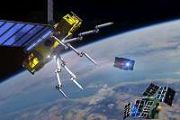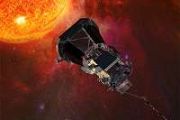
Copernical Team
China opens Shenzhou-12 return capsule at ceremony
 China held a ceremony Monday to open the capsule of the Shenzhou-12 spacecraft which carried three astronauts back to Earth on Sept. 17.
Space officials, including Hao Chun, director of the China Manned Space Agency, and China's first astronaut Yang Liwei handed over the items taken out of the capsule to various representatives.
Hao said that the Shenzhou-12 crewed mission included m
China held a ceremony Monday to open the capsule of the Shenzhou-12 spacecraft which carried three astronauts back to Earth on Sept. 17.
Space officials, including Hao Chun, director of the China Manned Space Agency, and China's first astronaut Yang Liwei handed over the items taken out of the capsule to various representatives.
Hao said that the Shenzhou-12 crewed mission included m SpaceX CRS-23 Dragon returns experiments on brain, muscles, liver to Earth
 The 23rd SpaceX commercial resupply services mission returns samples from scientific experiments on the International Space Station. Back on Earth, scientists anticipate quick access to their experiments for additional observations and analyses.
Dragon undocks from the space station Sept. 30 and is scheduled for splashdown near NASA's Kennedy Space Center in Florida hours later.
b>T
The 23rd SpaceX commercial resupply services mission returns samples from scientific experiments on the International Space Station. Back on Earth, scientists anticipate quick access to their experiments for additional observations and analyses.
Dragon undocks from the space station Sept. 30 and is scheduled for splashdown near NASA's Kennedy Space Center in Florida hours later.
b>T Global missile defense from space got more affordable
 The Defense Department hopes, within the decade, to have a meshed network of low Earth orbit satellites - linked together and to warfighters - providing real-time global awareness of missile threats and the ability to respond.
However, that goal was once considered cost prohibitive, said the director of the Space Development Agency.
Derek M. Tournear participated in a Defense One vir
The Defense Department hopes, within the decade, to have a meshed network of low Earth orbit satellites - linked together and to warfighters - providing real-time global awareness of missile threats and the ability to respond.
However, that goal was once considered cost prohibitive, said the director of the Space Development Agency.
Derek M. Tournear participated in a Defense One vir Ariane 6 launch complex inaugurated at Europe's Spaceport
 The new launch complex built for Europe's upcoming Ariane 6 rocket is inaugurated at Europe's Spaceport in French Guiana.
With this, ESA celebrates another important milestone in the Ariane 6 roadmap as it forges ahead with combined tests between launch vehicle and launch base and preparations towards the first launch campaign.
Clearly visible from space, the facilities feature remar
The new launch complex built for Europe's upcoming Ariane 6 rocket is inaugurated at Europe's Spaceport in French Guiana.
With this, ESA celebrates another important milestone in the Ariane 6 roadmap as it forges ahead with combined tests between launch vehicle and launch base and preparations towards the first launch campaign.
Clearly visible from space, the facilities feature remar Lucy mission prepares for launch to Trojan asteroids
 NASA has tested the functions of Lucy, the agency's first spacecraft to study Jupiter's Trojan asteroids, filled it with fuel, and is preparing to pack it into a capsule for launch Saturday, Oct. 16.
Named after characters in Greek mythology, these asteroids circle the Sun in two swarms, with one group leading ahead of Jupiter in its path, the other trailing behind it. Lucy will be the fir
NASA has tested the functions of Lucy, the agency's first spacecraft to study Jupiter's Trojan asteroids, filled it with fuel, and is preparing to pack it into a capsule for launch Saturday, Oct. 16.
Named after characters in Greek mythology, these asteroids circle the Sun in two swarms, with one group leading ahead of Jupiter in its path, the other trailing behind it. Lucy will be the fir Starfish Space raises $7M to develop Space Tug
 Starfish Space, a satellite servicing company founded by former Blue Origin engineers, has raised a $7M funding round co-led by NFX and MaC Venture Capital, with participation from PSL Ventures, Boost VC, Liquid2 Ventures, and Hypothesis.
Up until now, missions to service existing satellites on-orbit, like the Hubble Space Telescope, have been too large and expensive to be commercially via
Starfish Space, a satellite servicing company founded by former Blue Origin engineers, has raised a $7M funding round co-led by NFX and MaC Venture Capital, with participation from PSL Ventures, Boost VC, Liquid2 Ventures, and Hypothesis.
Up until now, missions to service existing satellites on-orbit, like the Hubble Space Telescope, have been too large and expensive to be commercially via Nasa's Lucy mission prepares for launch to Jupiter's Trojan asteroids
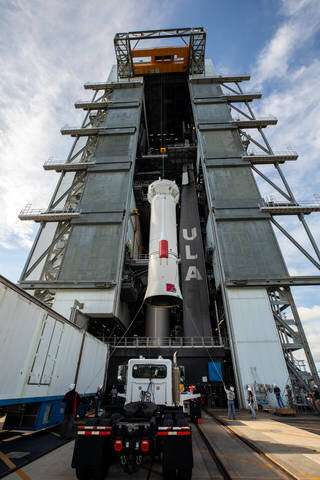
Ariane 6 launch complex inaugurated at Europe’s Spaceport
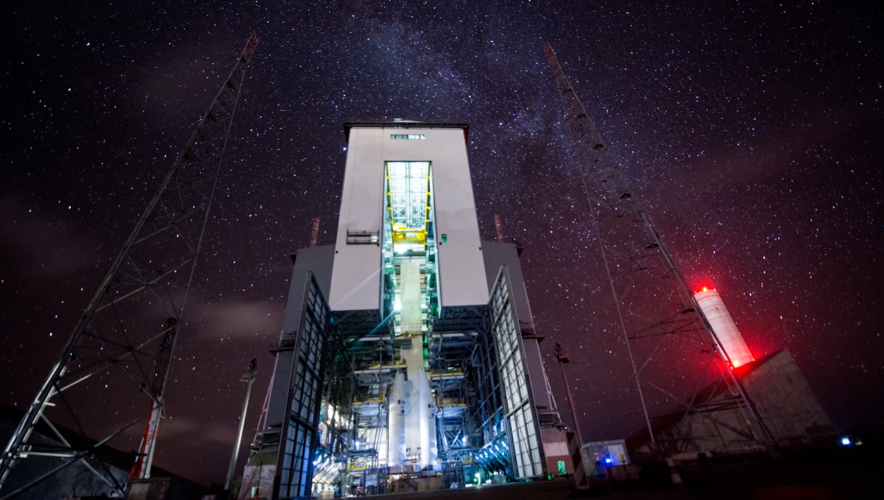
The new launch complex built for Europe’s upcoming Ariane 6 rocket is inaugurated at Europe’s Spaceport in French Guiana.
ESA orbiter will encounter Mercury October 1
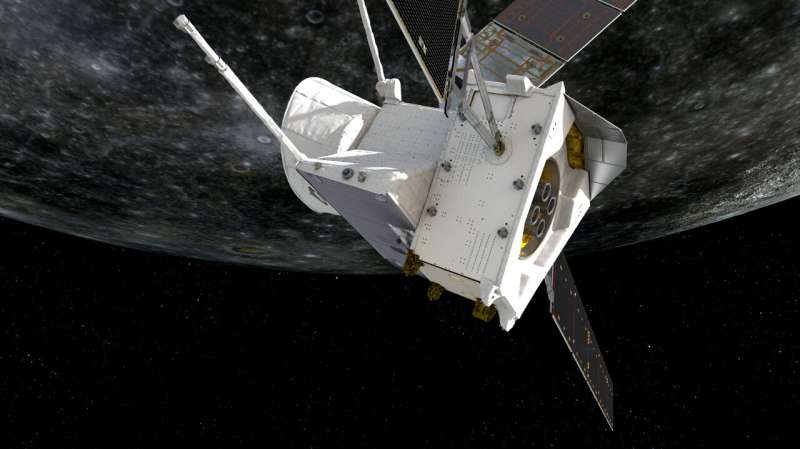
The ESA/JAXA BepiColombo mission to Mercury will make the first of six flybys of its destination planet on 1 October before entering orbit in 2025.
Hot on the heels of its last Venus flyby in August, the spacecraft's next exciting encounter is with Mercury at 23:34 UTC on 1 October (01:34 CEST 2 October). It will swoop by the planet at an altitude of about 200 km, capturing imagery and science data that will give scientists a tantalizing first taste of what's to come in the main mission.

